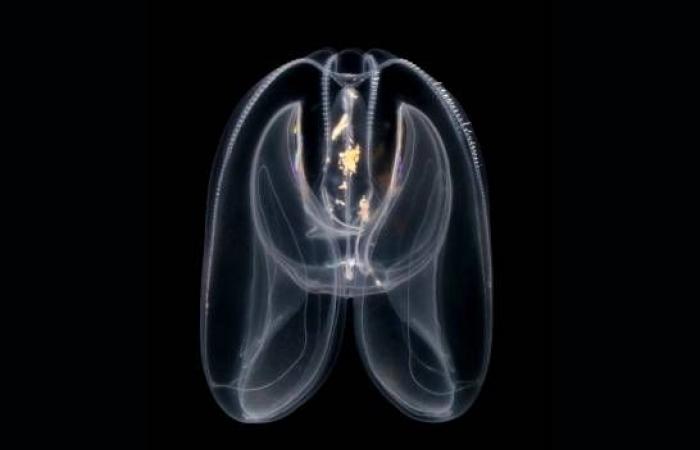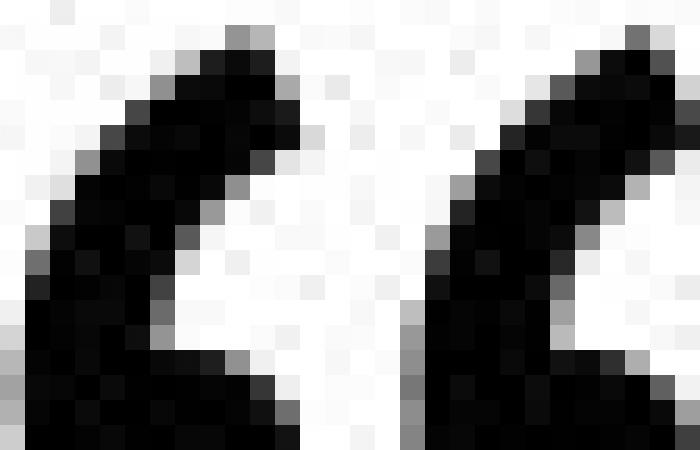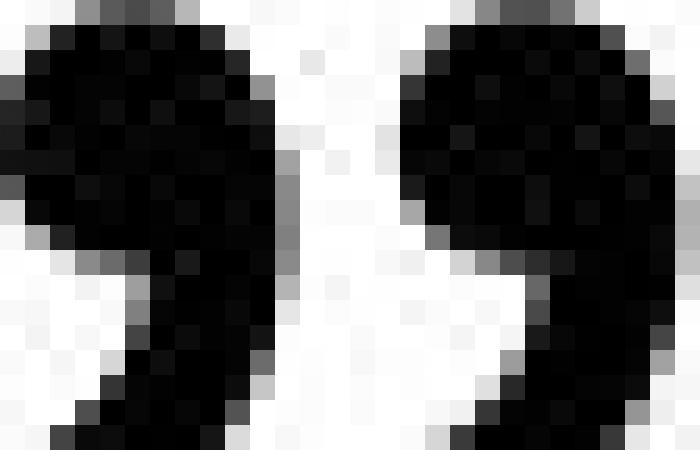Life depends on the activation and deactivation of genes at a specific time. This occurs even in the simplest living beings, but generally in short distances through the DNA sequencewith the ignition or off switch placed right next to a gene. This type of genomic regulation is basic and probably as old as life on earth.
A new study published today in Nature By a team from the Genomic Regulation Center (CRG) and the National Center for Genomic Analysis (CNAG), both in Barcelona, has discovered that the ability to control genes from further, through many tens of thousands of letters of DNA, evolved between 650 and 700 million years. It probably appeared at the beginning of the evolution of animals, about 150 million years before what was believed.
The long -distance genetic control, or distal regulation, is based on the physical folding of DNA and proteins in sophisticated loops. This allows regions away from the starting point of a gene activate its function. It is an additional control layer that probably helped the first multicellular animals to build types of specialized cells and tissues without having to invent new genes.
The beginning of genomic regulation
It is likely that critical innovation originated in a marine creature, in the common ancestor of all existing animals. The animal developed the ability to fold the DNA in a controlled way, creating loops in the three -dimensional space that put DNA fragments distinguished with each other in a two -dimensional plane.
Long distance genetic control, or distal regulation, is based on the physical folding of DNA and sophisticated loop proteins
“This creature could reuse its set of genetic tools in different ways similar to a Swiss razorwhich would allow you to refine and explore survival strategies innovatives. We did not expect this layer of complexity to be so old, ”says Dr. Iiana Kim, co -author of the study and researcher of the Genomic Regulation Center (CRG) and the National Center for Genomic Analysis (CNAG).
The discovery was possible thanks to the exploration of the genomeMnemiopsis leidyi), Los Placozoos, the cnidarians and the sponges. Relatives were also studied unicellular They are not animals, but that they share a common ancestor.
“You can discover a lot of new biology watching strange sea creatures. Until now, we had been comparing genomic sequences, but thanks to New methods Now we can analyze which gene regulation mechanisms control the function of genome in all species, ”he explains Arnau Sebe Pedrósmain co -author of the group and group leader.
The analysis showed that the Medusa Peine had more than four thousand loops throughout the genome.
The team used a micro-C technique to map how the DNA physically folds within the cells of each of the 11 different species they studied. On a scale, each human cell nucleus contains about two meters of DNA. They examined 10 billion sequencing data to build the 3D genome map of each species in detail.
While there were no evidence of distal regulation in the unicellular relatives of animals, unbiled animals, such as combs comb, plate and cnidarians, had many loops. Mnemiopsis leidyi He had more than four thousand loops throughout the genome.
The finding is surprising since its genome has about 200 million DNA letters. In comparison, the Human genome It has 3 100 million letters and our cells can have tens of thousands of loops.
A paradigmatic change
Until now, it was thought that the distal regulation had appeared for the first time in the last common ancestor of bilateral animals, a group of many different types of animals that first appeared on Earth about 500 million years ago.
However, combat jellyfish descend from life forms that diverged early animals of animals about 650 or 700 million years ago. That the jellyfish comb are older That sponges in the tree of life remains a debate in circles of evolutionary biology, but the study shows that distal regulation emerged at least fifty million years before what was believed.
That comb combs are older than sponges in the tree of life remains a debate in evolutionary biology circles
The investigation made another surprising discovery. Many animals are vertebrates. In their cells, the loops are controlled by CTCFan architectural protein that defines the limits and shares the genes in different local neighborhoods. It is a fundamental unit of genomic architecture in mammals, birds, reptiles, amphibians and fish.
However, the genomes of non -bilateral animals do not encode any protein equivalent to CTCF. Instead, the authors discovered that comb combs use a different architectural protein which belongs to the same structural family. The discovery breaks the assumption that the advanced distal genomic regulation requires CTCF.
Now we know that two different proteins can be used to join the distal DNA parts in space forming a loop
Marc A. Marti-Renom (CRG Y CNAG)

“It is impressive that the same problem has been solved with different tools. Thanks to this work, we now know that two different proteins can be used to join the distal DNA pieces in space forming a loop. Isn’t evolution wonderful?” He says Marc A. Marti-renomResearch professor and Group Chief of the CNAG and the CRG.
Possible applications
Like sponges and jellyfish comb, humans are also made of the same basic DNA components. Today, our bodies depend on the old innovation of distal regulation to help create different types of cells from the same DNA, producing everything from brain cells to immune cells. When these contacts do not work, they can arise diseases.
The analysis of distal regulation in ancient organisms reveals the origin of genomic regulation and provides keys on the operation and failures of the cellular system, with possible medical applications
Al Trace the regulation Distal to animals that lived many hundreds of millions of years ago, you can begin to rebuild how the first versions of the genomic regulation took shape, providing new clues about the fundamental principles that govern our cells and bodies today. This can help us understand at what points the system is solid and where it is prone to fail, which could guide new knowledge or medical therapies.








